contents
The condition of the base metal (material) of stainless steel
There are two main types of stainless steel sheets in the market: hot rolled (NO.1) and cold rolled (NO.2B).
The most common steel grade is SUS304, which is stocked by many wholesalers.

The photo on the right shows hot-rolled material (NO.1), and the photo on the left shows cold-rolled material (NO.2B).
Hot-rolled steel is a product with a thickness of 3.0 mm or more. It is mainly used for structural members, plant machinery and equipment, tanks, and other components that require high strength.
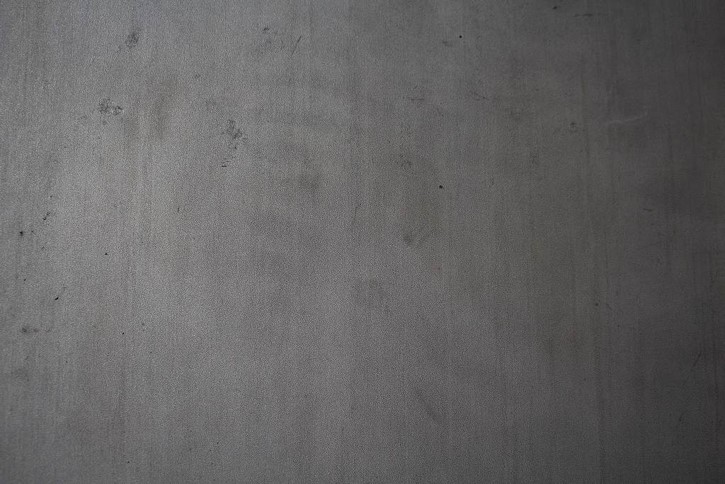
Skin of hot-rolled material (NO.1)
he skin of hot-rolled material is uneven and has a very thick oxide film on the surface. Therefore, it is difficult to make it shiny by buffing and polishing from the original state.
In other words, it is difficult to express design unless the surface is ground once to remove the acid-washed surface.
This is not to say that direct processing is impossible, and there are many cases where design and function can be brought out by blasting and vibration processing.
Cold-rolled material (NO.2B) is hot-rolled stainless steel coil that is then cold-rolled to prepare the surface.
The surface of cold-rolled material (NO.2B) is very easy to process, and most design expressions start with this cold-rolled material.
The thickness variation ranges from 0.3 mm to 6.0 mm, and it has the scalability to be processed for a wide range of applications.
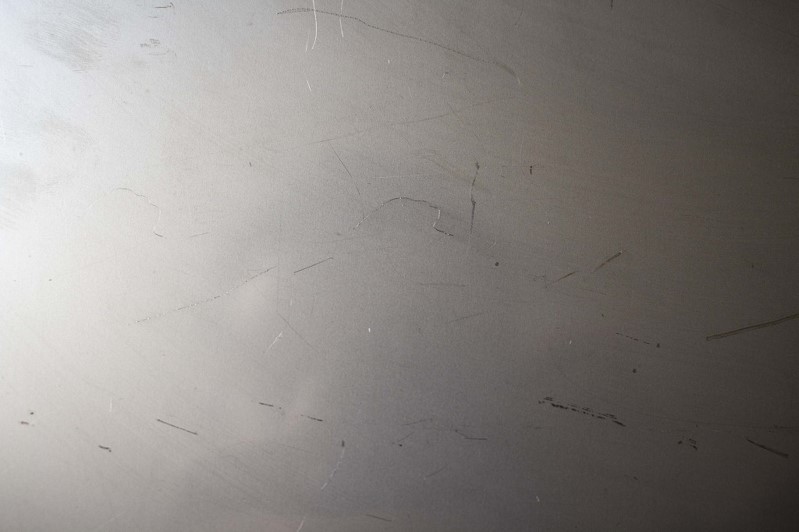
Skin of cold-rolled material (NO.2B)
The surface of the cold-rolled material (NO.2B) is very smooth and has few unevenness, making it a suitable surface for processing. By directly buffing the material as it is, it is possible to produce highly versatile #400 buffing and polishing materials, and by processing scratches longitudinally, it is possible to produce hairline polishing and processing plates.
It is also possible to perform blasting and vibration processing directly on this cold-rolled material (NO.2B), but care must be taken in the production method when welded and modified polishing processing is required.
Changes in Surface Design of Stainless Steel
Hairline finish and buffing
The first design expression of stainless steel was the hairline polishing or buffing process. Since these finishes are the basic finishes, they are still used in many situations, and since they can be processed by many manufacturers, they are used in quite a few applications.
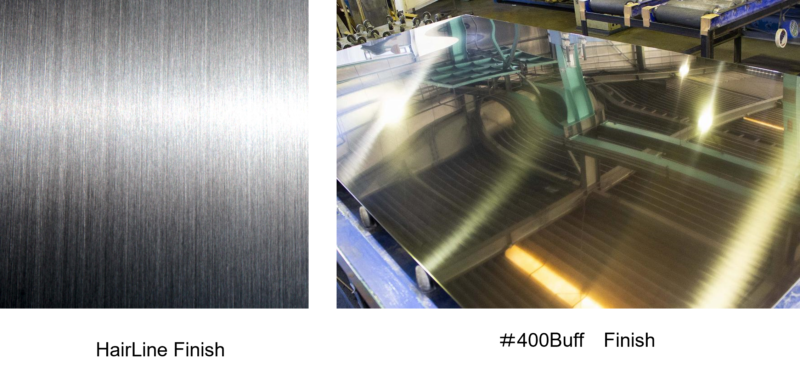
In the 1960s, buffing was mainly done by hand, and polishing by equipment was not yet possible. Later, semi-automatic machines were introduced and now we are able to polish large plates. The polishing process has been inherited by successive generations of craftsmen, and the manufacturing department is constantly improving the process to improve quality and production efficiency.
Stainless steel mirror polishing
When the bubble period arrived, mirror polishing became very popular.
Mirror-like stainless steel mirror materials were used in various buildings, and many manufacturers specializing in stainless steel mirror polishing were developing their businesses at that time. Later, with the collapse of the bubble economy, orders for mirror-polished products declined, and many mirror-polishing manufacturers withdrew from the business.
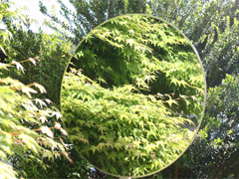
Differences in the appearance of the stainless steel mirror finish
Stainless Steel Vibration finish
At the same time that stainless steel mirror finish products were declining, stainless steel vibration finishes and stainless steel bead blast finishes began to appear in the market.
Stainless steel vibration is a scratchy design that looks like non-directional hairline polishing. It is characterized by a non-directional matte surface.
In addition, vibration stainless steel sheets have become popular because they are easy to modify and can be produced nationwide by a wide range of manufacturers.
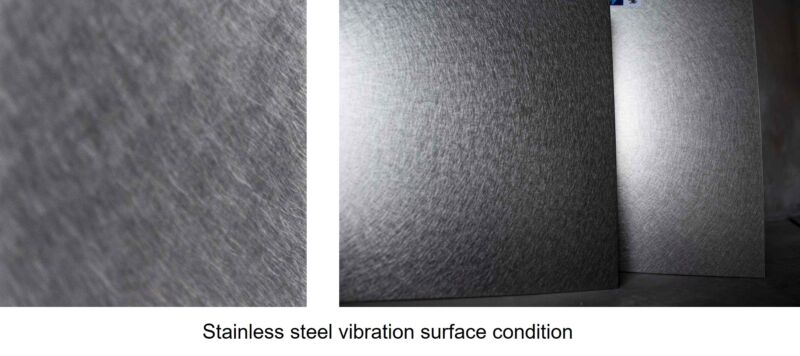
It is widely used in today’s architectural sashes, fittings, elevators, walls, and other general-purpose residences.
What are the advantages and disadvantages of stainless steel vibration finish?
Stainless steel bead blast finish
Stainless steel bead blasting was introduced at the same time as stainless steel vibration.
Although it can be easily processed on plate materials, it is quite difficult to modify after processing, so it is a finish that has not been widely used, but it has been used for a long time for sign-related metal signs and letters. It has been used for a long time in metal signage and metal letters for signage. The surface is micro-circular and uneven, which diffuses light and gives it a beautiful sparkle and a calm matte appearance like jewelry.
It is also stain resistant and has a very good track record in outdoor applications.
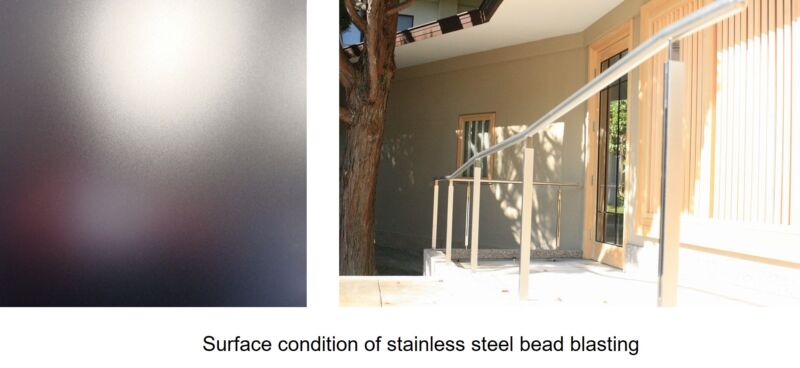
Subsequent changes in stainless steel design
For a while, the standard finishes were hairline, vibration, blast, buff, and mirror finishes, and each manufacturer offered their own products.
However, each company has been changing the style a little bit to add variation to their products.
For example, the depth of the vibrations was changed, the eccentric movement was changed to change the atmosphere of the pattern, and the appearance of the design was changed by changing the media used for bead blasting.
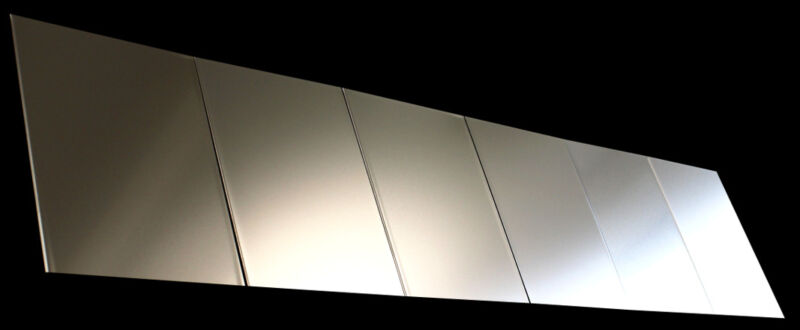
Variations of blasted stainless steel
Expression by color
At the beginning of various design expressions, chemical coloration, which expresses color by interference of light, appeared on the market by controlling the thickness of the passive film (oxide film) covering the stainless steel surface. Although there were various issues such as color stability at the time, companies at the time were opening up the market for colored stainless steel.
Later, ion plating and sputtering vapor deposition systems were introduced to produce stable colored stainless steel.
In recent years, a wide range of colored stainless steel products have become available, including electrolytic coloration, advanced chemical coloration, and precision coating.
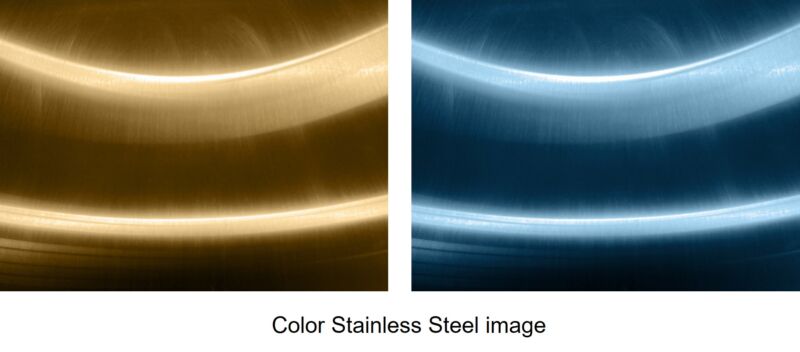
Stainless steel design going 3D
Stainless steel design is usually a combination of planes or polyhedra.
In addition, it is possible to express designs by R processing, etc., and a wide range of stainless steel designs are possible by processing. In recent years, there has been an increase in the use of stainless steel design with 3D surfaces instead of flat surfaces. The product itself was completed in 1992, but it has only been in the last few years that it has been accepted in the market in earnest.
Using our original technology, we can express stainless steel on the surface of the water, scales, polka dots, and geometric patterns. The 3D stainless steel design, which can be produced from a single piece to a full order, can be used in synergy with all kinds of polishing process designs to further expand the range of design designs.
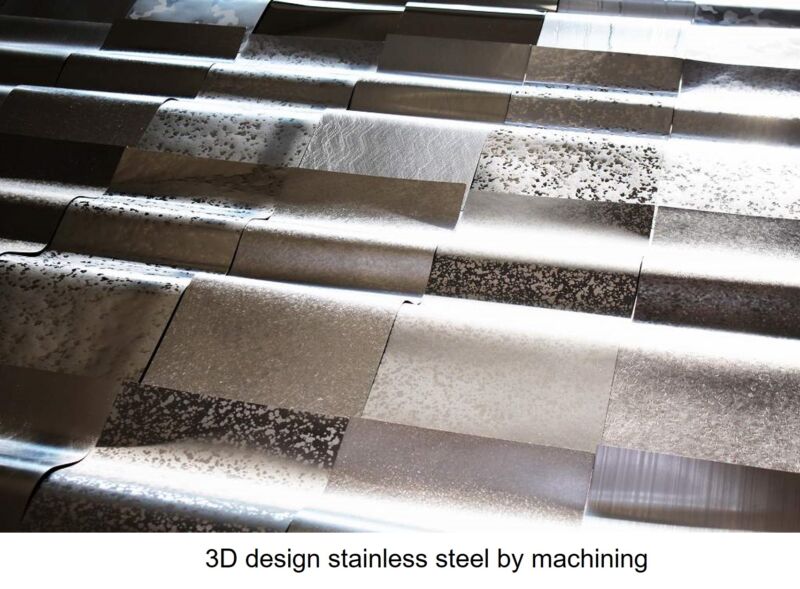
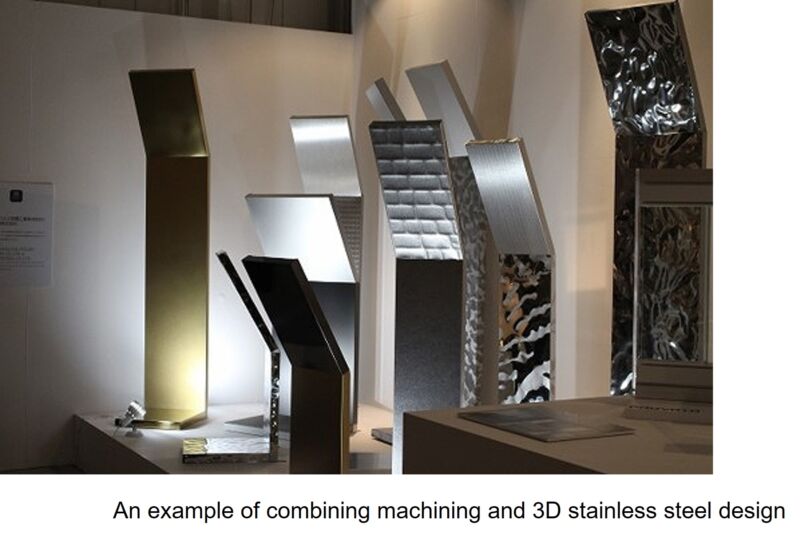
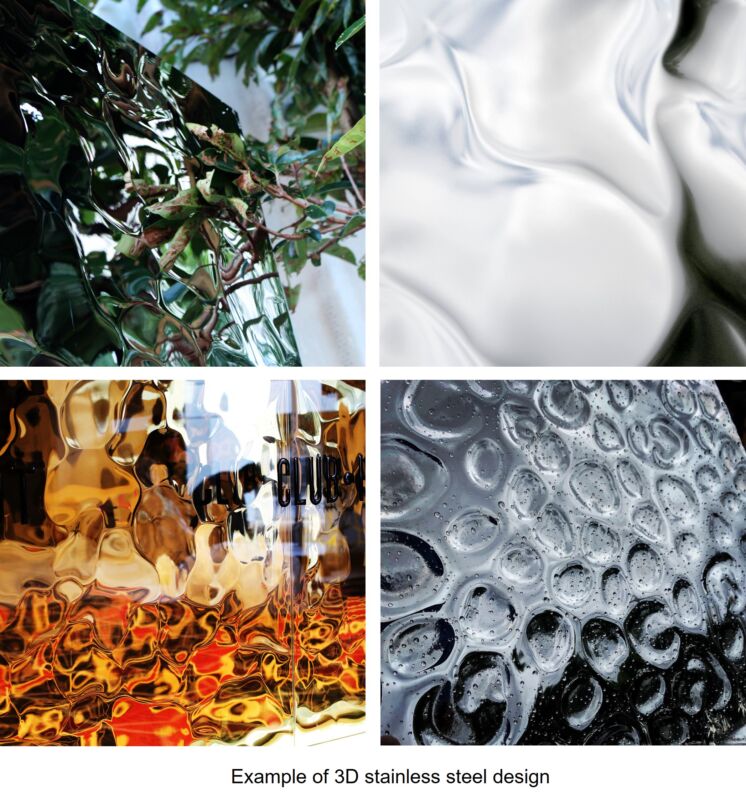
apanese Culture in Stainless Steel Design
We would like to provide stainless steel designs with a Japanese flavor by incorporating Japanese culture into stainless steel design. Many countries around the world have developed their own unique stainless steel designs. European stainless steel designs are bold and expressive with European mechanical processing methods.
Japan is a culture that excels in delicate and beautiful expression. We will continue to weave Japanese culture into metals by using domestic stainless steel, which has its own unique character, and design technology nurtured in Japanese culture.
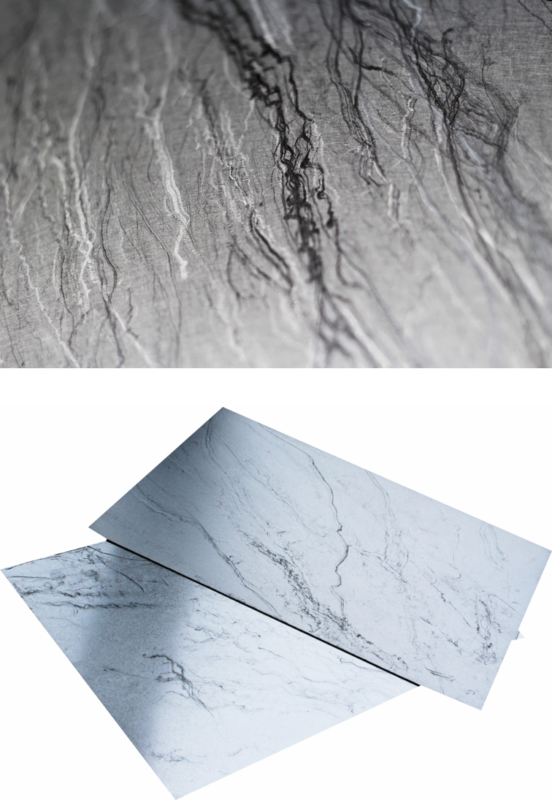
The stainless steel design pays homage to the flying plum trees of Dazaifu Tenmangu Shrine. “Plum branch.”
Finally
In this issue, we look back at the evolution of stainless steel design.
The demand for stainless steel began to expand in earnest in the 1960s, and both design and functional design have made great strides.
Nowadays, many metals other than stainless steel are used for design expression.
We will continue to promote technological development so that we can deliver beautiful stainless steel designs that can be expressed with stainless steel.
